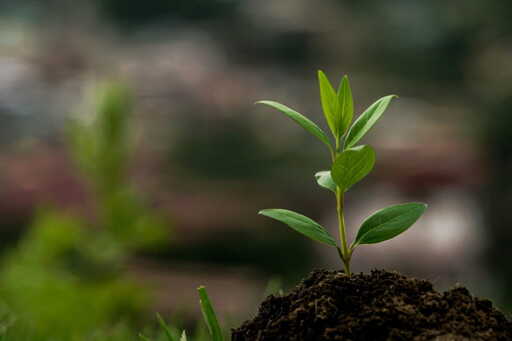A surprisingly simple and creative innovation could help restoration projects in the tropics, according to a recent study. Researchers from the Forest Restoration Research Unit at Thailand’s Chiang Mai University (FORRU-CMU) found that cultivating saplings inside repurposed bottle crates substantially improves the survival and growth rate of nursery-grown native saplings for reforestation. Climate change, the biodiversity crisis and initiatives like the U.N. Decade on Restoration have spurred forest restoration efforts across the globe, including in the tropics. Many restoration projects start with native tree seedlings cultivated in community-run nurseries. In Thailand, these seedlings are typically grown in black polyurethane bags placed directly on the earth. But the system is far from ideal. As the sapling grows, the roots tend to spiral in the bottom of the bag, leading to poor root formation. The developing roots may also break right through the bag into the ground, which also causes problems, says Stephen Elliott, associate professor and research director at FORRU-CMU. “When you lift the plant ready for planting, half the root system is left in the soil, so you’re immediately reducing the capacity of the plant to absorb water on the day that it’s being planted into a harsh, dry, deforested environment, where it’s going to compete against the weeds,” Elliott says. “You’re putting it at a disadvantage.” In the conventional method, seedlings in polybags are laid on the ground The right side shows the COG system, where polybagged seedlings are placed in crates to allow air pruning. Image courtesy of…This article was originally published on Mongabay
From Conservation news via this RSS feed


